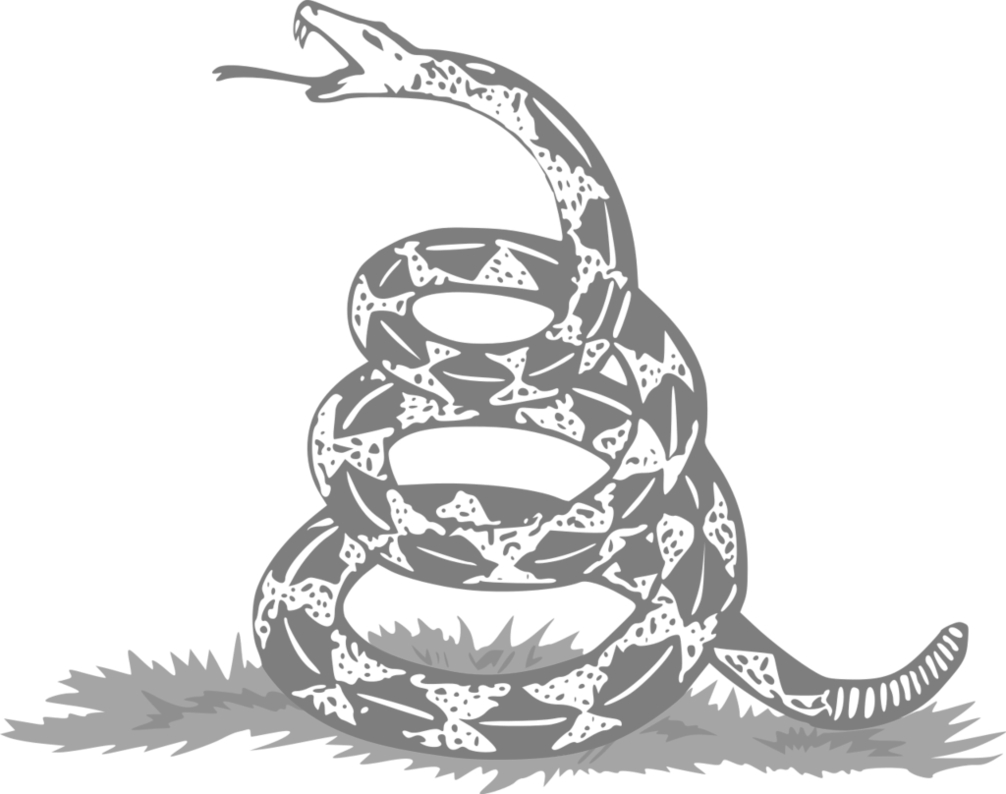Famine in Moldova: Difference between revisions
From Liberpedia
(Created page with "https://sgs.stanford.edu/events/moldavian-holodomor-great-famine-soviet-moldova-1946-1947 ::The mass famine in Soviet Moldavia in 1946-47 is one of the least known episodes of state terror under Stalin. It took the life of at least 123,000 persons which made about 5% of the entire population of MSSR and thus the excess deaths proportionally to the total population was 5 times higher than in Ukraine and 11 times than in Russia in the same period. Among the explanatio...") |
No edit summary |
||
| Line 2: | Line 2: | ||
::The mass famine in Soviet Moldavia in 1946-47 is one of the least known episodes of state terror under [[Stalin]]. It took the life of at least 123,000 persons which made about 5% of the entire population of MSSR and thus the excess deaths proportionally to the total population was 5 times higher than in Ukraine and 11 times than in Russia in the same period. Among the explanations of these huge discrepancies is that the greatest part of MSSR (Bessarabia) was not yet collectivized, it was a borderland republic and part of the former Nazi Germany’s ally – Romania, and the local elites were more servile to the Center than the Ukrainian ones. At the same time, the famine in Moldavia and at the all-Union level as well was triggered by decisions taken in Moscow by Stalin personally as he was well-informed about the real situation before and during the famine erupted (Chisinau-based archives and Moscow ones – the latter accessed through Hoover Institution archives – testifies for that). | ::The mass famine in Soviet Moldavia in 1946-47 is one of the least known episodes of state terror under [[Stalin]]. It took the life of at least 123,000 persons which made about 5% of the entire population of MSSR and thus the excess deaths proportionally to the total population was 5 times higher than in Ukraine and 11 times than in Russia in the same period. Among the explanations of these huge discrepancies is that the greatest part of MSSR (Bessarabia) was not yet collectivized, it was a borderland republic and part of the former Nazi Germany’s ally – Romania, and the local elites were more servile to the Center than the Ukrainian ones. At the same time, the famine in Moldavia and at the all-Union level as well was triggered by decisions taken in Moscow by Stalin personally as he was well-informed about the real situation before and during the famine erupted (Chisinau-based archives and Moscow ones – the latter accessed through Hoover Institution archives – testifies for that). | ||
== See also == | |||
* [[Holodomor]] | |||
Latest revision as of 21:03, 1 December 2022
https://sgs.stanford.edu/events/moldavian-holodomor-great-famine-soviet-moldova-1946-1947
- The mass famine in Soviet Moldavia in 1946-47 is one of the least known episodes of state terror under Stalin. It took the life of at least 123,000 persons which made about 5% of the entire population of MSSR and thus the excess deaths proportionally to the total population was 5 times higher than in Ukraine and 11 times than in Russia in the same period. Among the explanations of these huge discrepancies is that the greatest part of MSSR (Bessarabia) was not yet collectivized, it was a borderland republic and part of the former Nazi Germany’s ally – Romania, and the local elites were more servile to the Center than the Ukrainian ones. At the same time, the famine in Moldavia and at the all-Union level as well was triggered by decisions taken in Moscow by Stalin personally as he was well-informed about the real situation before and during the famine erupted (Chisinau-based archives and Moscow ones – the latter accessed through Hoover Institution archives – testifies for that).
